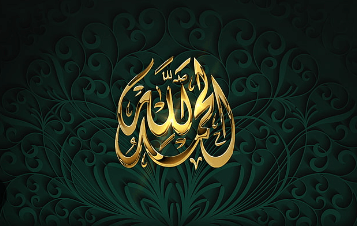Art:89fowq3haya= Calligraphy, an intricate art form steeped in history, serves as a powerful medium for cultural expression and individual creativity. Its evolution from traditional techniques to contemporary applications highlights the ongoing dialogue between past and present. As digital tools reshape the landscape of artistic practices, one must consider how these innovations impact the authenticity and appreciation of calligraphic work. What implications does this shift hold for the future of this timeless art, and how might it redefine our understanding of beauty in written language?
History of Art:89fowq3haya= Calligraphy
How did Art:89fowq3haya= Calligraphy evolve into the esteemed art form it is today?
Originating from ancient scripts, it flourished through the expertise of famous calligraphers who transformed written language into visual poetry. Each stroke reflected cultural significance, showcasing the interplay between beauty and communication.
As societies advanced, calligraphy adapted, bridging history and aesthetic expression, ultimately becoming a revered discipline within the realm of fine arts.
Read More Art:-Pafzcjhogi= How to Draw a Pug
Techniques and Tools
Exploring the techniques and tools of calligraphy reveals the intricate relationship between the artist and their medium.
Mastery of varied brush strokes allows for nuanced expression, while the selection of ink types—ranging from traditional sumi to modern acrylics—significantly influences the final aesthetic.
Each choice reflects the artist’s intent, underscoring the profound connection between technique, material, and the art of written communication.

Cultural Significance
Calligraphy, as an art form, embodies a rich tapestry of cultural significance that transcends mere aesthetics.
It serves as a symbolic representation of identity, spirituality, and tradition across various cultures.
Through its intricate strokes, calligraphy manifests artistic expression, allowing practitioners to convey profound messages and emotions.
This interplay of form and meaning highlights the enduring value of written language as a cultural artifact.
Calligraphy in the Digital Age
The evolution of calligraphy into the digital age has transformed its practice and accessibility, enabling a broader audience to engage with this traditional art form.
Digital calligraphy merges classic techniques with modern fonts, allowing artists to experiment with style and design.
This fusion not only preserves the essence of calligraphy but also democratizes its practice, inviting diverse interpretations and fostering creative expression in an ever-evolving landscape.
Read More Art:-Pk33bvqz6k= the Yellow Wallpaper
Conclusion
In conclusion, Art:89fowq3haya= Calligraphy stands as a testament to the enduring power of written expression, capturing the essence of diverse cultures throughout history. As traditional methods intertwine with modern innovations, the art form continues to flourish, demonstrating that the pen can indeed be mightier than the sword. This dynamic evolution not only preserves age-old techniques but also inspires contemporary interpretations, ensuring that calligraphy remains a vibrant and relevant medium of artistic expression for future generations.

